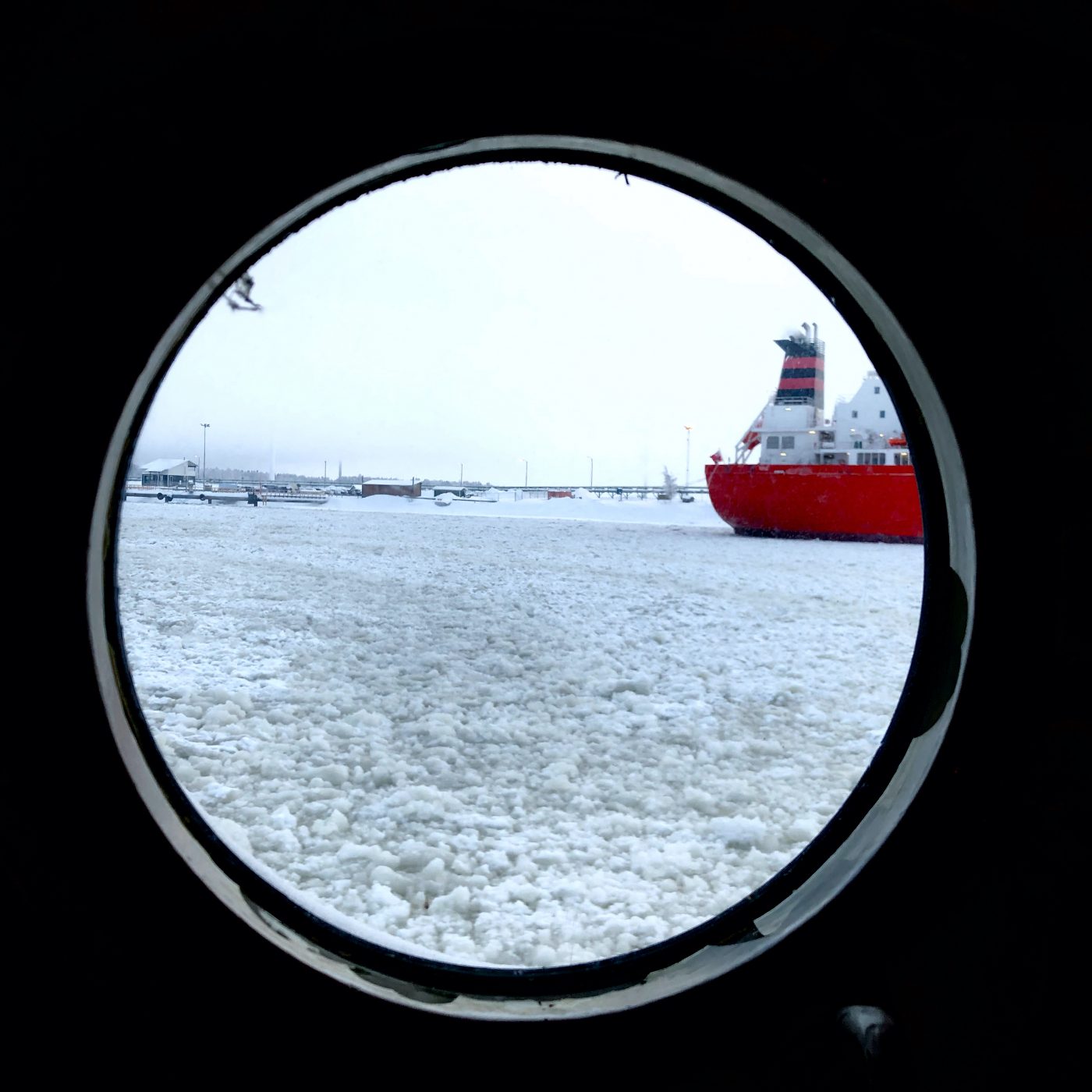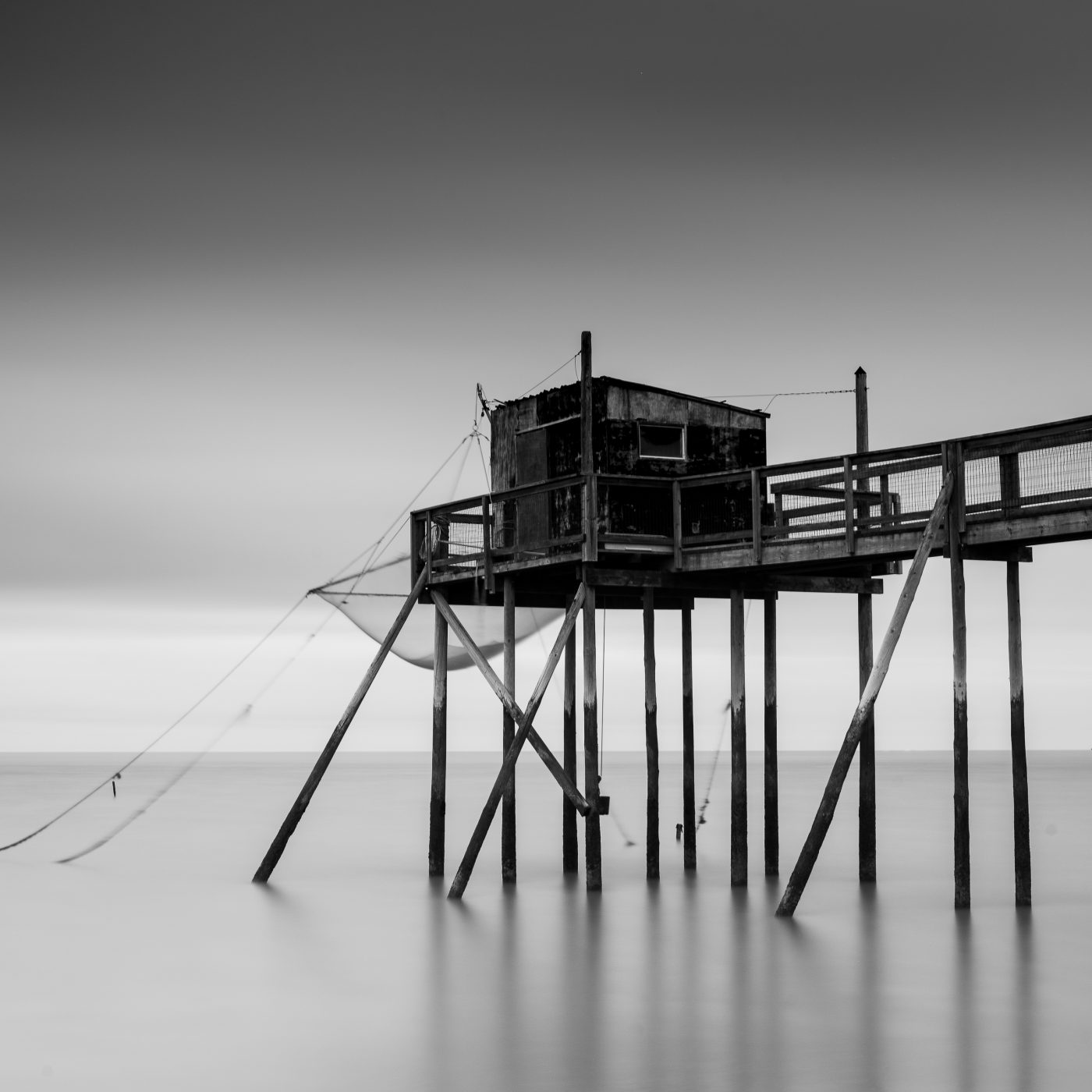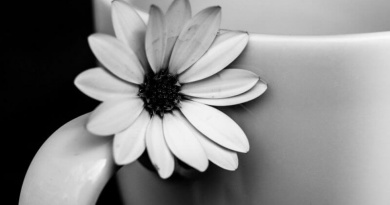





All About Photo is delighted to reveal the names of the 26 talented photographers who won “AAP Magazine #20: Travels”. The many mind-blowing entries come from talented photographers who traveled around the world.
Each month All About Photo offers the opportunity to dedicated and passionate artists to showcase their work in our printed edition "AAP Magazine". For this 20th edition we were looking for travel photographs, near and far, to the edge of the earth and to the places perhaps known only to a few. There's a world out there to explore and each winning photographer shows us a glimpse of the diversity of our planet.
From Nomads in Northen Russia or Sahel, to a church in Ethiopia or wild landscapes in Australia, we virtually travel to the four corners of the earth. Kyrgyzstan, Soviet Union, Tibet, Afghanistan, Vietnam, Israel, Armenia, South Sudan, Benin, Bangladesh, Peru, The Arctic circle, Ethiopia, France, India, Greenland, Finland, Japan and the United States are amongst the countries you will be able to discover in the 20th edition of AAP Magazine.
The Winner of AAP Magazine 20 Travels is Yulia Nevskaya (Russian Federation) with her series "People of Tundra" The Second Place Winner is Alain Schroeder (Belgium) with his series "Dead Goat Polo" The Third Place Winner is Paul B Goode (United States) from his series "The Soviet Union"
The top 3 winners will be awarded $1,000.
All winners will have their work showcased on All About Photo Winners Gallery, and published in the printed issue of AAP Magazine #20 Travels.

1st Place Winner: Yulia Nevskaya (Russian Federation)
Title of the image: Nomads
Title of the series: People of tundra
In the far north of Russia, on the Taimyr Peninsula, indigenous peoples continue to live according to the traditional way of life: they wander from place to place with their herds of deer. In the photo there is a Nenets family, Angelina Venga, together with her three children.
The indigenous peoples of the north spend all years in the tundra from birth to ripe old age. Except for the time when children leave to study in boarding schools. It was surprising for me to learn that they are not hostages of the situation, they have a choice. Many families have apartments in settlements, but they do not want to live in them. Of their own free will, they choose to roam the endless expanses of the tundra all their lives. They don't need another life.

2nd place Winner: Alain Schroeder (Belgium)
Title of the image: Dead Goat Polo 10
Title of the series: Dead Goat Polo
A game of Kok Boru in the village of Taldy-Bulak. A rider throws the goat into the tai kazan (goal). The men share great respect for the sacrificed animal despite the roughness of the action. The origins of this legendary game lie somewhere between nomads hunting or defending their livestock against predatory wolves, to men and horses honing their fighting skills.
Kok Boru is the national sport of Kyrgyzstan. Dead Goat Polo as some refer to it looks more like cavalier rugby with a headless goat as a ball. Two teams of five fearless men on horseback try to score a point by heaving the 20-kilo body into the tai kazan (goal) at either end.
Only stallions are used in this game because they are naturally anti-social and eager to fight off rivals. The players train their horses to muscle out other horses in the pack while they themselves wrestle each other to snatch the goat and gallop toward the goal, slamming into the rubber tires of the meter-high mound.

3rd Place Winner: Paul B Goode (United States)
Title of the image: Lenin’s Tomb
Title of the series: The Soviet Union
I traveled to the Soviet Union 10 times from 1988-1992. I was there working with the Kirov and Bolshoi Ballets. When not in the theatres I wandered the streets photographing strangers and the people I met. It was a dark but exciting time for that country. Bread lines were long. The store shelves were empty. The winds of change were in the air and there was for the first time the possibility of freedom. You could see both despair and hope in the faces of the people. Most important their emotions were honest. It is that truth I sought to capture.
The other winners featured in the Merit Award’s Gallery are:
Larry Snider (United States), Nicola Ducati (Italy), France Leclerc (United States), Hoang Long Ly (Vietnam), Jordi Cohen (Spain), Ted and Nune ( United States), Kimmo Sahakangas (United States), Johan Gerrits ( Netherlands), Monica Testa (Italy), Sujon Adhikary (Bangladesh), Animesh Ray (United States), Dede Pickering (United States), Matty Karp (Israel), Julien Coomans (Belgium), Jim Esposito (United States), Barry Guthertz (United States), Robi Chakraborty (India/United States), Antoine Buttafoghi (France), Carole Glauber (Israel), Trevor Messersmith (United States), Melissa Stewart (Australia), Debbie Smyth (United Kingdom) and Don Jacobson (United States)
Click on an image to open the gallery

Carole Glauber (Israel) Image: Lapland Journey #1 Series Title: Lapland Journey The Arctic Circle cuts across Lapland with a palette of frigid winter light where colors are subtle and make a statement. With seven months of winter, such an environment heightens an awareness of isolation, vulnerability and trust. Yet, it provides an opportunity to inspire and strengthen our inner selves, to self-reflect and observe our passage in time, both in a literal sense, and metaphorically. Our experiences reflect our personal odysseys as we move from a place we know to one that we are just discovering.

Debbie Smyth (United Kingdom) Image title: Never free Series title: Life’s a rush The fascinating city of Tokyo is home to around 14 million people and the overriding feeling that grabs me when I arrive is that I must join the evermoving crowds. The hurrying hordes, the neon signs and bright lights, the dense traffic, all make it feel impossible to pause for just one moment. It is this constant hustle and bustle that I have captured in my Life’s a Rush project. In Never free this seemingly lone man looks to have escaped the pressures of the urban daily rush, but on closer inspection his dark shadow is seen to be engulfed by crowds of people in the neon signs reflected at his feet. We are left questioning the line between vision and reality.

Antoine Buttafoghi (France) Image: Alone in the world Series: Kalaallit Nunaat Greenland is a land of contrasts, a land of extremes where the harshness of the climate is perpetually combined with the sublime. Its landscapes touch us, challenge us, and fascinate us with their beauty and strength. Here, a stunning silence reigns supreme and exposes a certain, quiet vulnerability. In this intangible immensity where everything seems limitless, the greatness of which borders on the divine, nature performs a spectacular cycle, with ever-renewed energy. Here, the power of these raw landscapes speaks to us, intimidates us and reminds us of the extraordinary story of the world's creation. This series of photographs was taken during an artist residency: "Artists in Arctic "(A collaborative artistic creation in the heart of the Arctic), aboard a boat « Le Manguier » caught in the ice of the Far North, in Kaasarfik Bay, near the small city of Aasiaat in GREENLAND (68 ° 42'37.2''N - 52 ° 45'50.9''W) in April 2017.

Trevor Messersmith (United States) Image Title: "Legendary" Series Title:: "Legends of the Desert" "Legends of the Desert" is a series of high-contrast black and white photographs taken in Las Vegas. Vegas is the most American of city concepts — it is a distillation of other places, repackaged for easier consumption. Performers impersonate other performers. Architecture approximates other architecture. Money ravages money. I have to admit I’m intoxicated by the experience — as easy as it is to see its seams, the spectacle of Las Vegas is still something to behold. The drama of the desert heat and the allure of glittering surfaces are as exciting as they are dangerous.

Don Jacobson (United States) Image: Pontochoco-dori Shop Display Series: An Intimate View of Japan What struck me about my travels in Japan was how their culture paid so much attention to detail. The shrines, temples and gardens were meticulously crafted with an aesthetic that was beautiful and harmonious. This aesthetic was evident in a display of goods for sale as illustrated in "Pontochoco-dori Shop Display."

Nicola Ducati (Italy) Image: Red Girl With Turban Series: My Red Pamir They live in the dust of the high altitude deserts but seem to be queens. I met the red women for the first time in the high mountains of Afghanistan. The Kyrgyzy are a minority of 1200 people scattered throughout the vast territory of Pamir. They hosted us for the night, they offered us their bread, they warmed us with their fireplaces, they gave us a moment of their life without knowing how precious it was. A testimony of a slow and inexorable farewell. Every winter many of them are lost forever, the snow blanket leaves large gaps because of too cold or because of too much opium to bear it. Nowadays the West has abandoned the peoples of Afghanistan to their fate. The red of the traditional kyrgyzy clothes now becomes a deeper red, a prediction of incoming many dark days. The gaze of this girl now takes on a very strong meaning, a testimony and a symbol of those who are asking us for help, for herself and for all Afghan women. The arrival of the Talibans is also imminent up here among the plateaus and the peaks of the small Afghan Pamir, someone try to escape but in the mountains winter is already imminent. Her eyes look deeply into the whole West. Peoples and ethnic groups as old as the earth are about to fall into the abyss. These pictures are just a little part of the 'My Red Pamir' series, a work I did in Afghanistan during the last months of freedom.

Robi Chakraborty (India/United States) Title of the image - Vaishnavs Title of series- Krishna This set of photographs were taken in Vrindavan and Mathura the birthplace of Lord Krishna. I focused on the devotees who descended on the famous Krishna temple to pay homage and prayers. In this image, a priest stands amongst a group of Vaishnavs. Vaishnavs are a sect of Krishna followers in Hinduism.

France Leclerc (United States) Title of the Image: Proud Wodaabe Boy Title of the series: The Wodaabe, nomads of the Sahel The Wodaabes are nomadic cattle herders, and as such, they depend entirely upon their herds of cattle for their existence. Young boys cannot wait to help herd the cattle, which they typically can start doing at age seven. This young boy conveys his pride in reaching that stage by standing in front of the clan's beloved big-horned Zebu cattle.

Johan Gerrits (Netherlands) Title of the image: Mundari children preparing the cow dung fires Title of the series: Daily life in a Mundari cattle camp The Mundari people, from South Sudan, are cattle herders as well as fierce warriors. They live in symbiosis with their cattle and nothing is more important for them than their cows. In the cattle camps, kids are doing most of the daily work. Kids collect the fresh cow dung and put it into piles which are then set on fire to protect them and the cows against mosquitoes. The Mundari also use the ash created by these fires to rub themselves and their cattle, creating a protection against the mosquitoes.

Barry Guthertz (United States) Title of Image: Painted Desert #1 Series Title: Arizona’s NE Corner The unconventional sandstone landscapes found in Northern Arizona speak to the very core of my being. Within a 100 mile radius there are literally dozens of otherworldly places to visit. Monument Valley, White Pocket, Painted Desert, Canyon De Chelly, The Wave, Antelope Canyon, and South Coyote Buttes to name a few. Under the top layer of sandstone you often find a multi-colored chaos of swirling reds, yellows and oranges that create breathtaking land formations of domes, hoodoos, gullies and slot canyons. When I’m in their midst I feel a sense of wonder that calls on me to sit quietly and contemplate their mysterious beauty. Northern Arizona has become a place for inspiration as well as for introspection.

Sujon Adhikary (Bangladesh) Image: Sailor of Red Chilies Sea A farmer is going home after laying out red chilies on plastic sheets evenly under the bright sunlight . During the harvesting season which lasts for two month Ton's of chilis are laid out to dry creating a patchwork effect on open green fields in Panchagarh, a district in Northern Bangladesh.

Hoang Long Ly (Vietnam) Image: Bamboo Basket Seller The most well-known of Tat Vien village, Hung Yen province - the North of Vietnam, was the bamboo basket for fishing, it was a simple tool made by bamboo, rhombus and flexible so that the farmer could lay it under stream to cacth the small fish. This traditional craft had been handed over many generations in Tat Vien village during 200 years, all the members of Mr. Bac’s family would be so skillful to complete any stage of weaving, after a couple weeks of working, all the baskets would be loaded as many as possible on his bicycle then he started moving around the region for selling. The bamboo basket was not only a manual labor tool but also a decorated item for interior design of hotel, restaurant and shop recently.

Jordi Cohen (Spain) Title if the image: Lag Baomer. Tittle of the series: Believers. Ladies separated from men by a fence, celebrating Lag Baomer in the Orthodox Mea Shearim neighborhood of Jerusalem. Lag Baomer is a festival which is celebrated by all manner of Jewish communities around the world. The festival itself commemorates two historical events according to Jewish tradition: the passing of revered Second Century sage Rabbi Shimon Bar Yochai, who ordained that the anniversary of his death be a time of rejoicing at his life; and the end of a plague which killed some 24,000 students of another great rabbi, Akiva Ben Yosef (who lived around the same time as Bar Yochai).

Julien Coomans (Belgium) Image: Fishing Hut Series: Fishing Huts, Fouras, France I traveled to Fouras on the west coast of France to photograph some unusual but picturesque fishing huts that are dotted along the coast line. Central to my vision was to take a series of long exposures in order to set a tranquil scene and emphasise the elegant wooden structures. The first day was miserable - windy and a lot of rain - yet despite this I was amazed by the beauty of the huts. Undeterred, I used my time to study the scene and find my compositions, ready to pounce when conditions were just right. The hardest part about finding the right compositions was avoiding stretches of land on the horizon as the bay curves quite dramatically. I had to find the perfect balance between fishing hut, weather conditions and the horizon line beyond. After finding my compositions my next challenge was to watch out for the tide times. I had to shoot as the tide was going out not only to physically be able to take the shot but to be sure I was safe. On the second day the conditions improved and I had my window between outgoing and incoming tides. The wind had died down making the water much calmer which was better as I could keep the exposure down to a few minutes to try and improve my chance of avoiding any tripod wobble. After shooting my pre-scouted compositions and checking the LCD screen for sharpness I packed up and went for a well earned beer!

Ted and Nune (United States) Image: Promise of Storm Series: Feeling Winter The project, Feeling Winter, is about the waning human presence against a backdrop of extreme weather. Muted winter light and minimalistic scenes can be charged with trepidation, solace and melancholy; how we view these landscapes often reflects our emotional state. This photograph was taken as we were approaching a storm during our 2019 winter road tour through Armenia. The sole cloud announcing the coming blizzard toys with our imagination.

Larry Snider (United States) The title of the image is" Young Tibetan Woman at Temple Gate" Title of the Series is" Tibet. “I made 5 trips to Tibet over a period of time and was totally fascinated. Most of my trips were in the Qinghai province which is quite rural compared to the area near Lhasa. People told me that if I wanted to see what Tibet was like before China, you should go to Ladakh so I went there many times but returned to the more remote areas of Tibet away from Lhasa.”

Matty Karp (Israel) Title of the image-Waiting For Christmas Mass Title of the series-Lalibela Christmas During the first days of January, thousands of Ethiopian Orthodox Christian pilgrims go to the city of Lalibela to visit the ''New Jerusalem''. This holy city is composed of 11 interconnected churches carved by hand that are connected through a series of labyrinths and tunnels..The first days of January mark the celebration of Genna , which is the Christmas version of the Ethiopian calendar. The site was built in the 12th century by King Lalibela.
Journalism and running an online magazine costs money. Our online magazine is free of advertisements. We do everything out of love and dedication. We are not profit oriented. Support Tagree that the magazine remains ad-free and the monthly costs can be paid. TAGREE, I love your cultural work, I donate to show you my appreciation, voluntary, one-time or regular monthly or per quarter:












